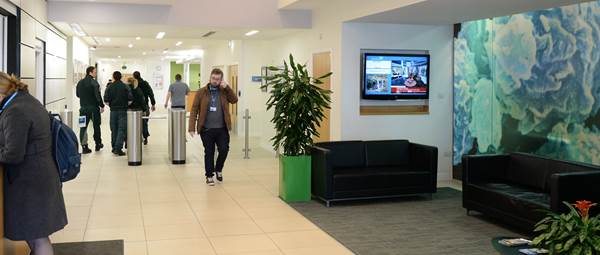How is pancreas surgery performed?
An example of how pancreas transplant surgery is performed
Key points
- Pancreas transplant surgery by itself takes 2-4 hours
- Simultaneous pancreas and kidney (SPK) transplant surgery takes 4-8 hours or more
- You will be put to sleep under a general anaesthetic while the transplant takes place
- There are many different ways that a pancreas can be transplanted
- Your surgeon will explain their preferred technique
Example of a pancreas surgery technique
After you've been put to sleep under an anaesthetic, the surgery will begin.
Most pancreas transplants are placed inside the tummy (abdomen), through a long cut (incision).
Joins will be made between the blood vessels of the donated pancreas and your blood vessels. There is usually one join for the vein, and one join for the artery.
A join will be made between the piece of intestine attached to the donated pancreas, and your intestine. This join carries the special chemicals called enzymes that are produced by the pancreas that help digest food.
Sometimes the surgeon may attach the piece of intestine attached to the donated pancreas to your bladder, instead. The enzymes will be carried in your urine, instead.
The pancreas usually ‘wakes up’ and starts producing insulin very quickly. Once blood starts to flow through the transplanted pancreas your blood sugars usually start coming down within an hour or so within the need for insulin injections
For patients having a simultaneous pancreas and kidney (SPK) transplant:
The kidney is transplanted after the pancreas transplant has been completed.
The blood vessels from the kidney are stitched into your blood vessels (usually in the left groin) and then blood will then flow through the transplanted kidney.
The surgeon will then attach the tube that carries urine from the kidney (the ureter) to your bladder. Usually, a short piece of soft plastic tubing (a stent) is placed inside the ureter to help the connection to heal. The stent will be taken out several weeks after the surgery, which is a simple procedure.
There are some patients who have very poor bladder function, or they might not have a bladder at all. Your surgeons will talk to you about how the urine will come out of the kidney transplant and be drained away.
More information
Related content
Medical terms explained
Biopsy
This is when a very small piece of tissue is taken for analysis. It is used to diagnose rejection.


